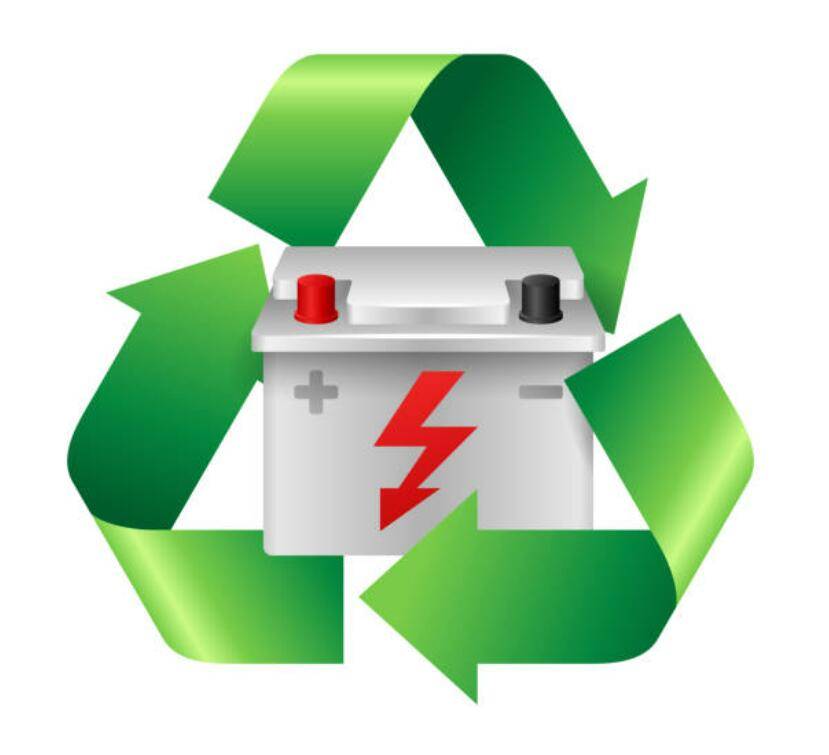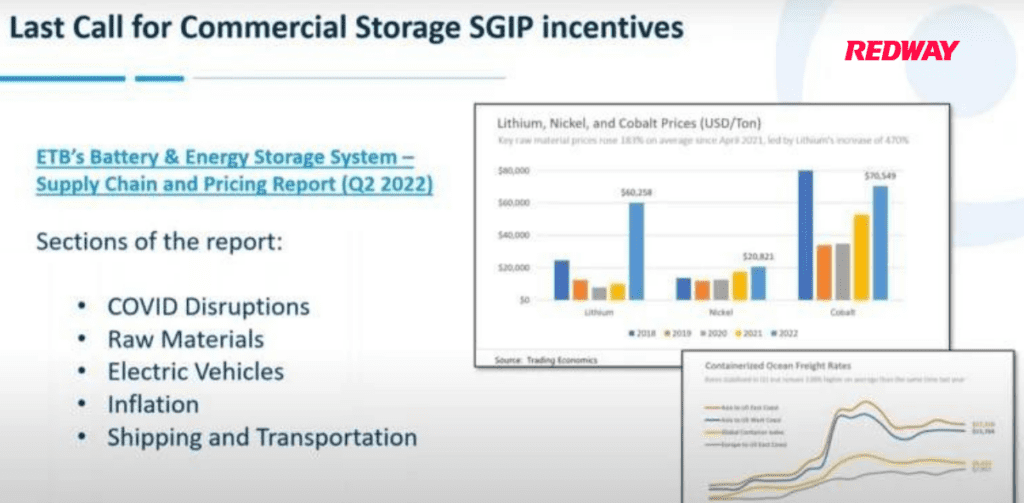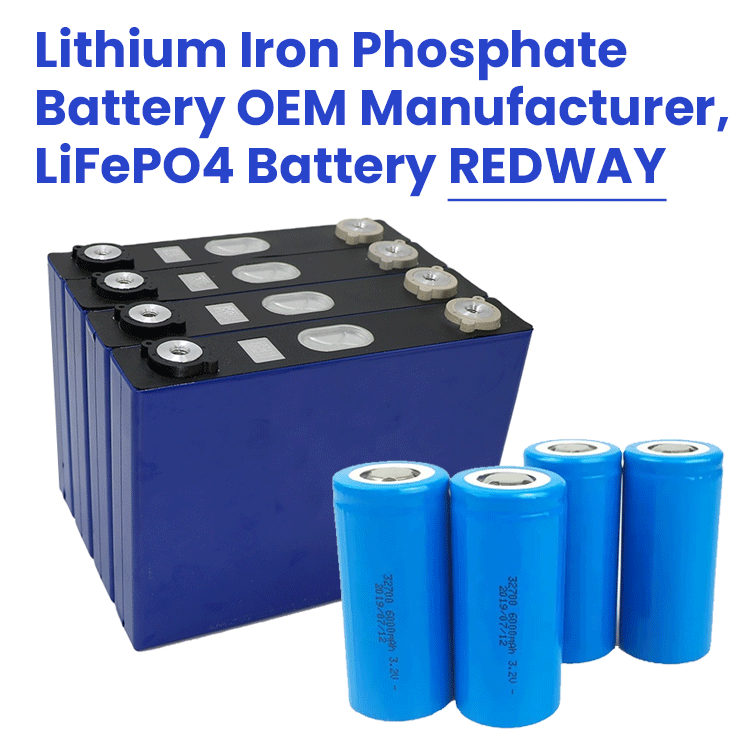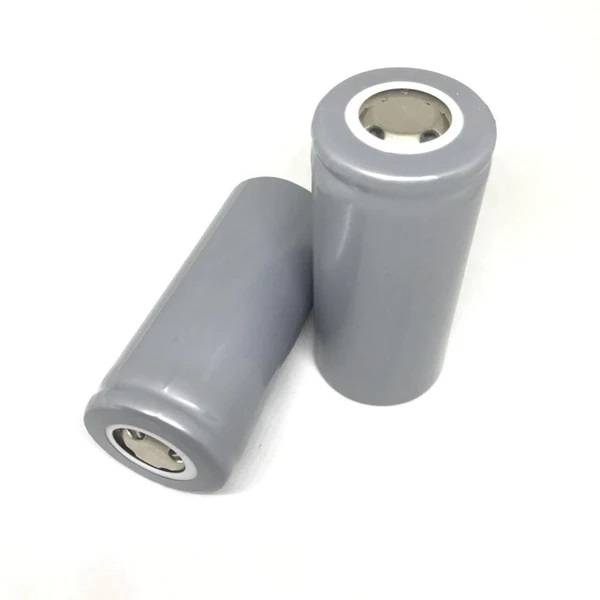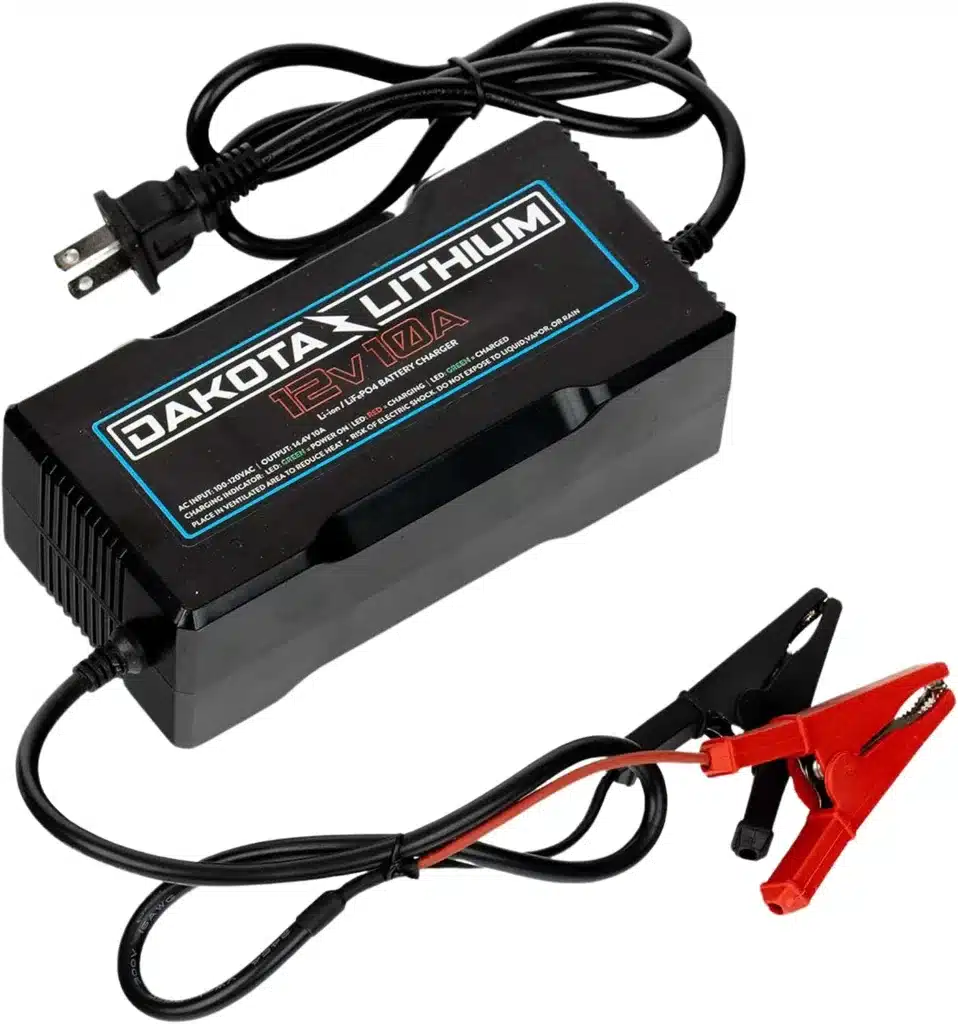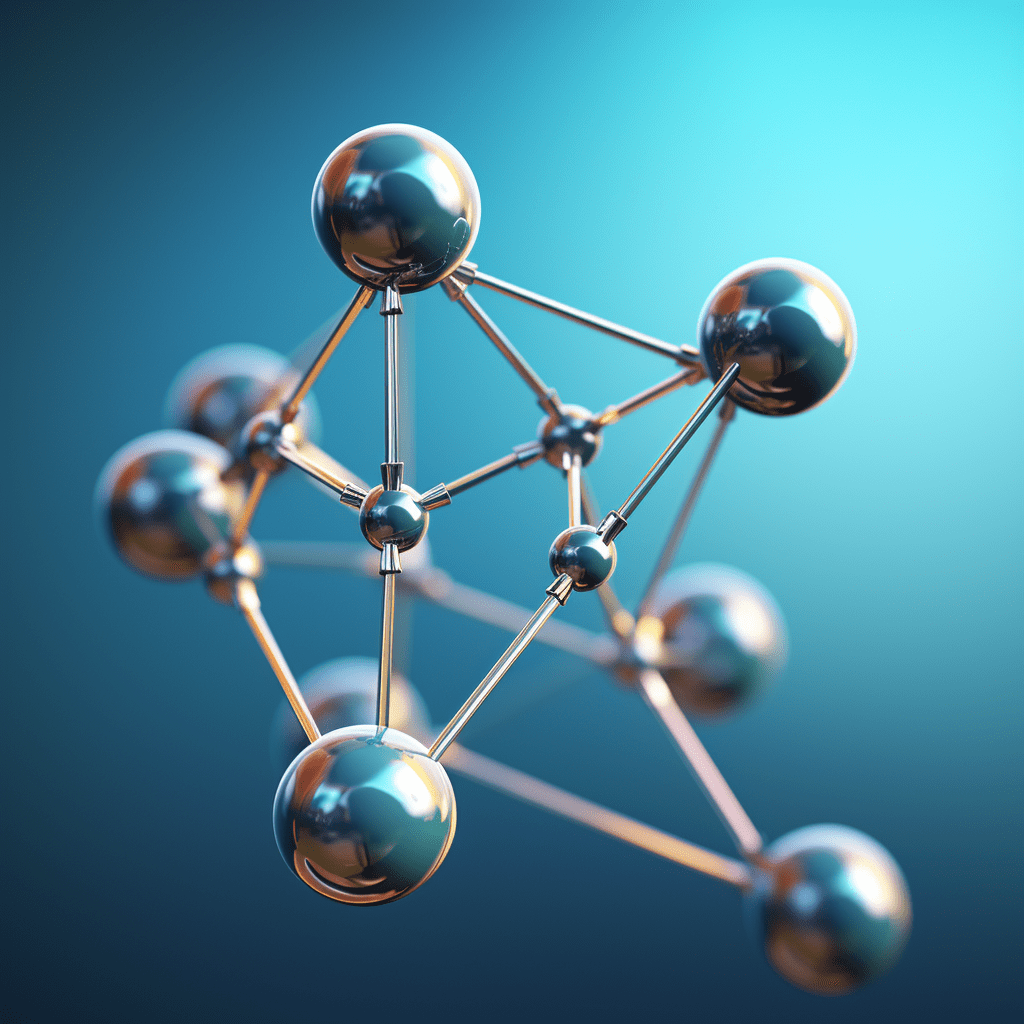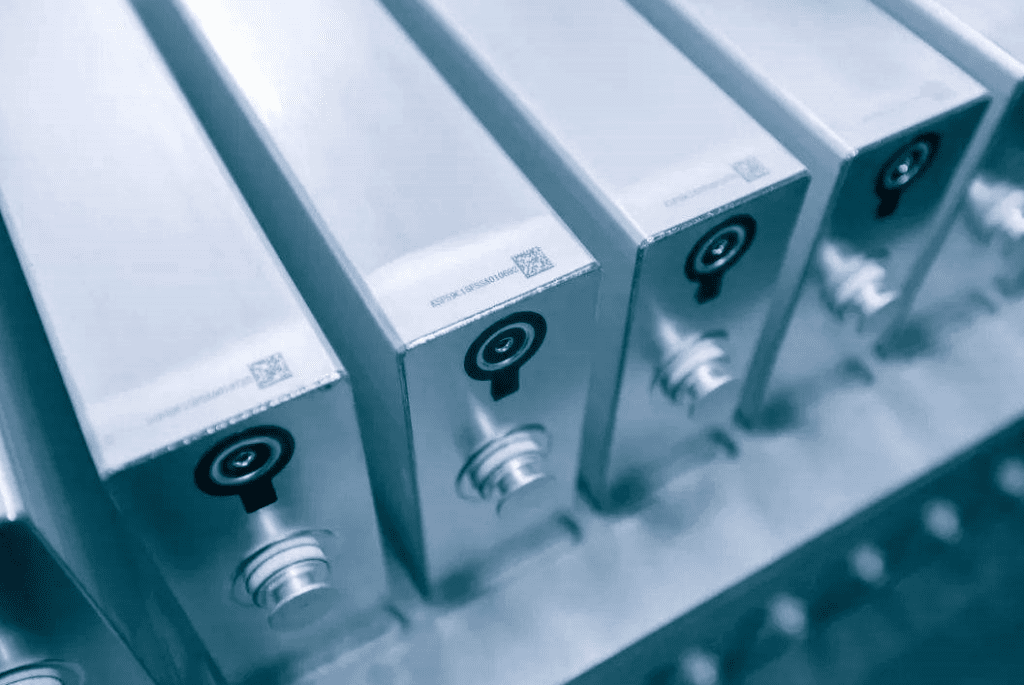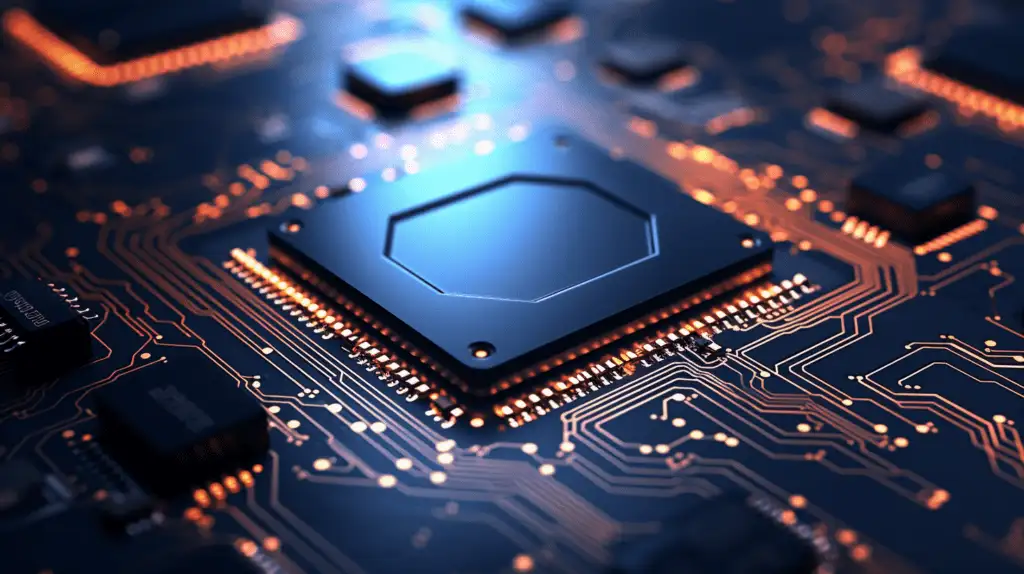Lithium-ion rechargeable batteries typically consist of a cell and a protection circuit board. The battery cell is the energy storage component of the rechargeable battery, and its quality directly influences the overall quality of the rechargeable battery. Currently, in the industrial lithium battery power supply market, there are primarily three types of battery cells:
- 18650 cells
- Polymer cells
- Lithium iron phosphate cells.
18650 battery cell
The positive electrode material of the 18650 battery cell operates at a relatively high working voltage (with an average working voltage of 3.7V).
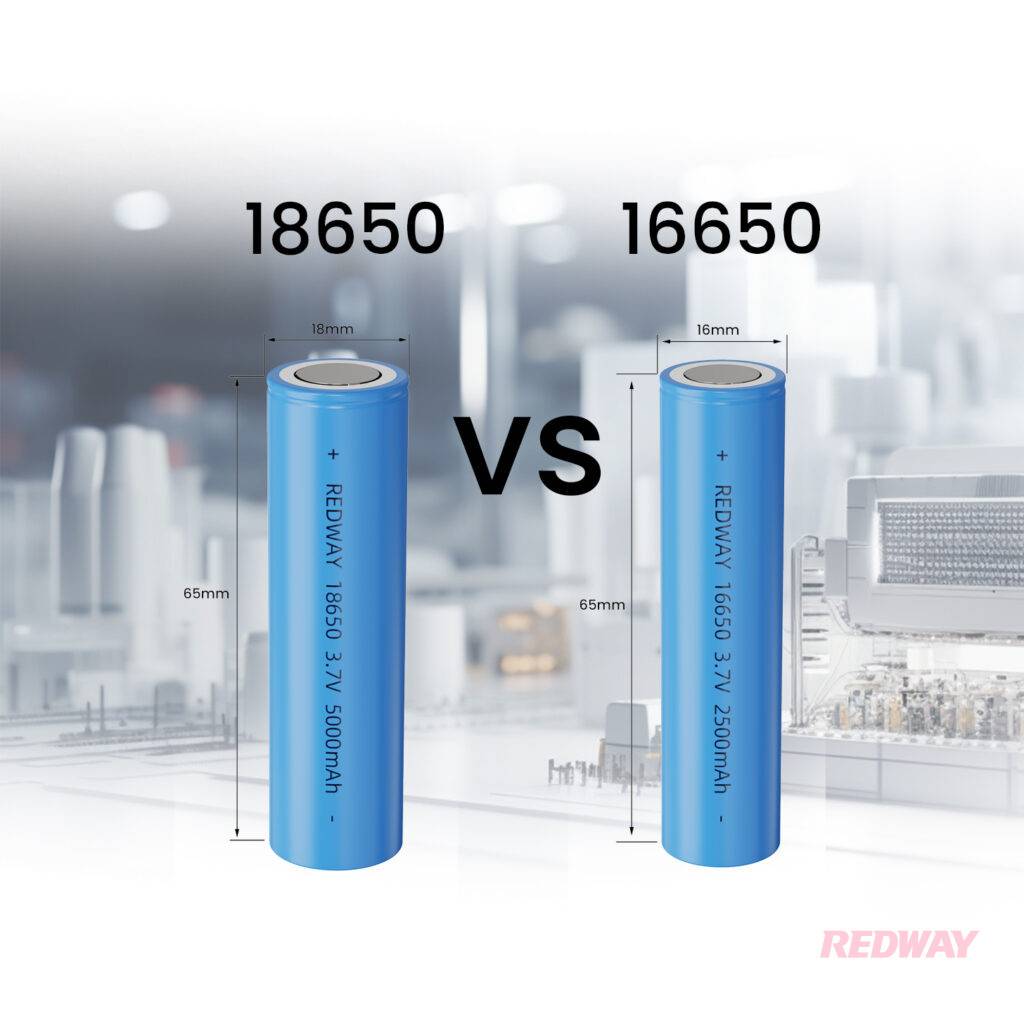
Advantages and Disadvantages
| S.No | Advantages | Disadvantages |
| 1. | It has stable charge and discharge voltages | Limited cycle life, typically around 300 cycles |
| 2. | high specific energy | lower safety performance |
| 3. | good cycling performance and high conductivity | poor overcharging resistance |
| 4. | a simple manufacturing process, and is easy to produce.
|
unsuitable for high-rate charge and discharge |
| 5. | Mature technology | Environmental pollution concerns when disposed of. |
| 6. | Wide range of applications compact size. |
Polymer battery cell
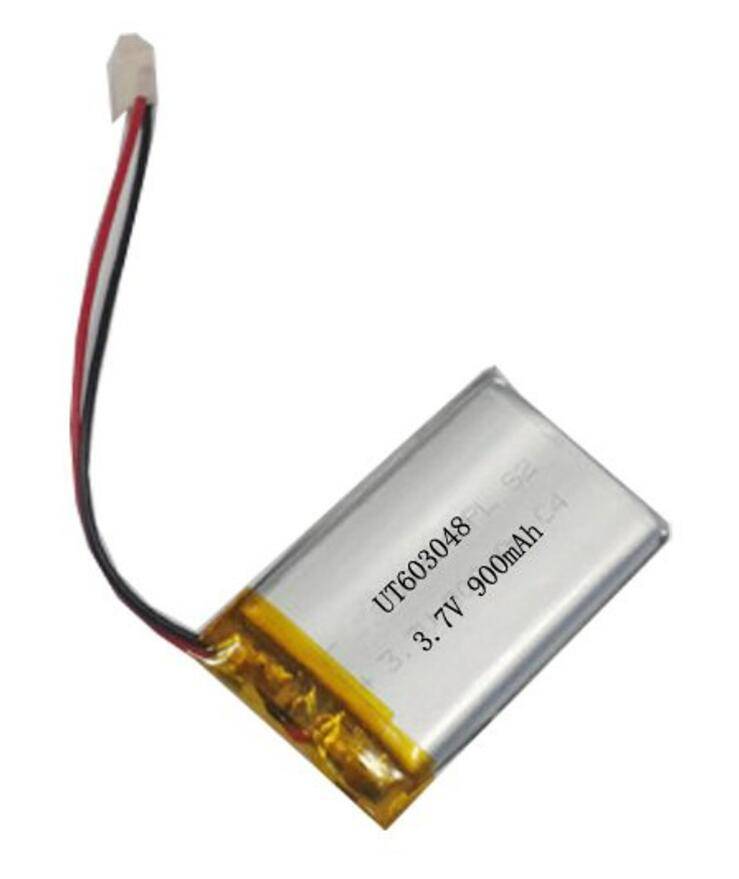
#post_seo_title
Advantages and Disadvantages
| S.No | Advantages | Disadvantages |
| 1. | Diverse in terms of size, | environmental pollution concerns when disposed of |
| 2. | widely applicable | weaker high-current charge and discharge performance |
| 3. | less prone to explosions | Polymer battery cells are not classified as domestic or imported or from disassembled sources like 18650 cell |
| 4. | high safety factor.
|
Higher cost |
Lithium iron phosphate battery cell

#post_seo_title
Advantages and Disadvantages
| S.No | Advantages | Disadvantages |
| 1. | Safe and reliable and environmentally non-toxic | High cost |
| 2. | long lifespan with around 2000 charge-discharge cycles | battery pack lifespan typically around 500 cycles |
| 3. | capable of high-current charge and discharge and low internal resistance resulting in minimal heat generation | relatively poor performance in low-temperature conditions.
|

